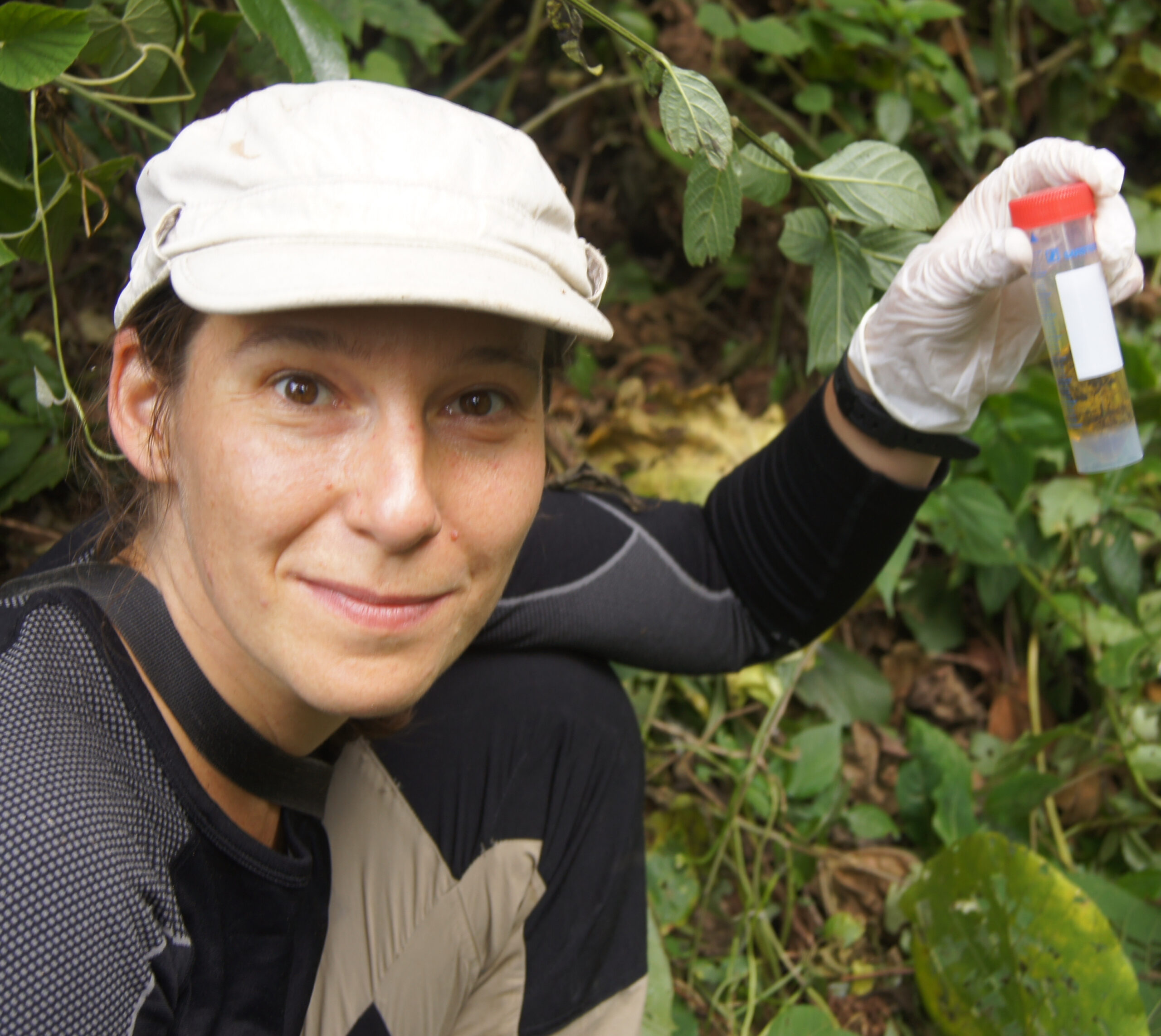Research interests
We are interested in understanding how evolutionary and ecological processes shape biological diversity in time and space. To achieve this goal, we study population genetics and genomics, metagenomics, phylogentics, speciation, and adaptation in wild, non-model organisms, and combine vastly different approaches, including collection-based and field studies, molecular techniques, ancient DNA methodology, and bioinformatics expertise. Our work aims to understand how genetic diversity and the interaction of organisms with their environment change through time and space and what is the relative contribution of climatic and anthropogenic factors to this change. To tackle these broad questions, I am working at the intersection of ecology, molecular biology, large-scale comparative and functional genomics, and bioinformatics.
One of our foci is on nonhuman primates. Many primate taxa are threatened or endangered. Therefore, our research aims to contribute to their conservation by providing valuable data for conservation efforts. In particular, the use of museum specimens provides a direct past-to-present comparison and enables us to study e.g. changes in genetic diversity, population size, species range, and allows inferences into the factors responsible for these changes.
The research program in our lab focuses on three main questions:
- How do ecological, climatic, and anthropogenic factors affect animal populations, including their demography and evolutionary potential?
- What is the temporal trajectory of organism-environment interactions, including diet and health, through periods of environmental change?
- What is the role of hybridization/introgression in shaping species diversity and driving speciation?
Group members
Jaelle C. Brealey, Postdoc
Tom van der Valk, PhD student
Contact
Office: +46 (0)18 471 2673
